Flat roof membranes create a watertight covering for buildings with flat and low-sloped roofs. They prevent water from entering the building and direct it away from the roof.
Flat roof membranes are made from a variety of different materials including modified bitumen, EPDM, TPO, PVC, BUR, and three different types of coatings (aluminum, acrylic, and silicone). The lifespan of each of these roofing materials depends on several factors including the type of membrane, the climate your building is located in, what the building is being used for, and how well the roof system was installed and maintained.
Generally, flat roof membranes last 10-25 years, although some can last longer. It is important to know the type of membrane being used on your flat roof because it will affect its performance and lifespan. To help you identify the type of membrane being used on your roof, we will discuss some of the differentiating characteristics of each below.
Modified Bitumen (Mod Bit)
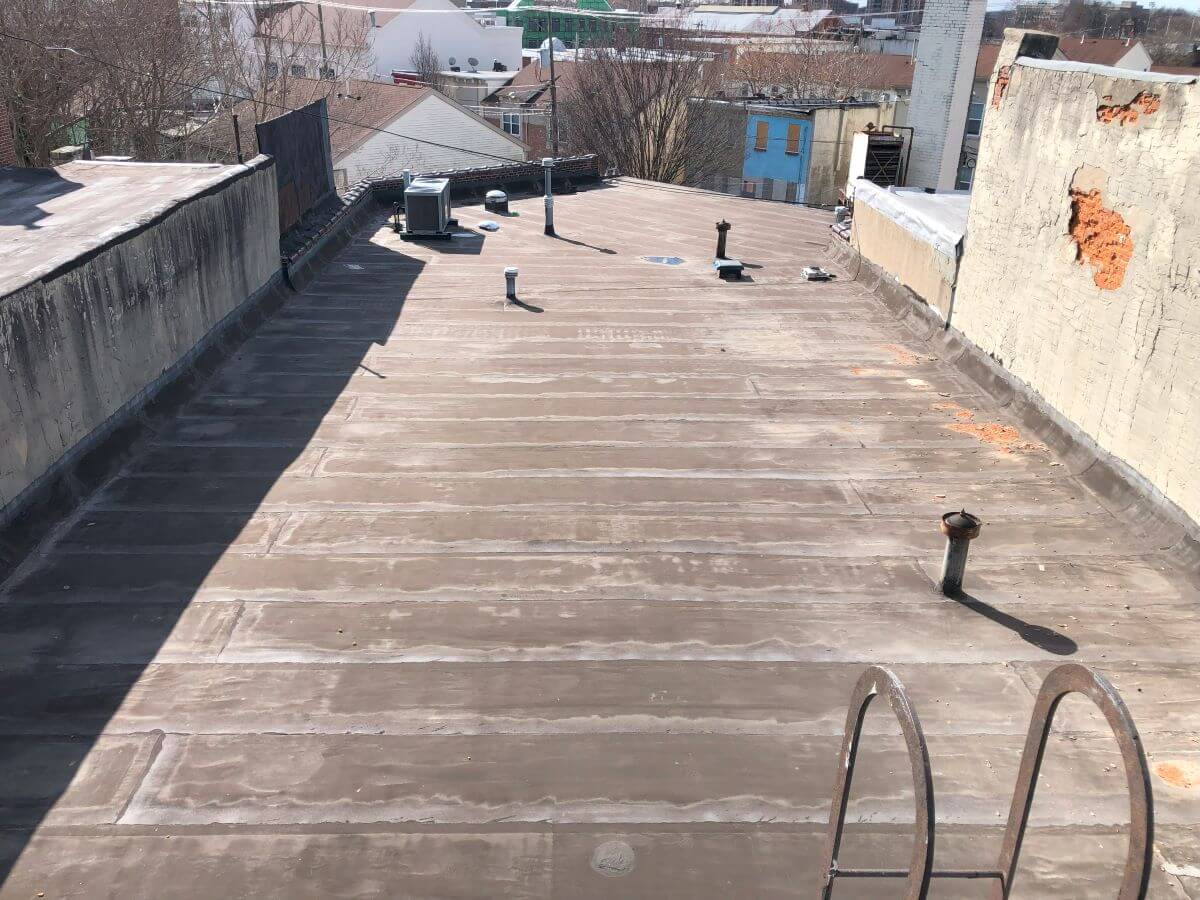
Modified bitumen is an asphalt-based product that comes in 3-foot wide rolls. Mod-bit tends to have a granularized surface because of its asphalt composition. Its color can be gray, black, brown, or white.
If your roof is granularized with seams every 3 feet, chances are you have a mod-bit roof.
EPDM (Ethylene Propylene Diene Monomer)
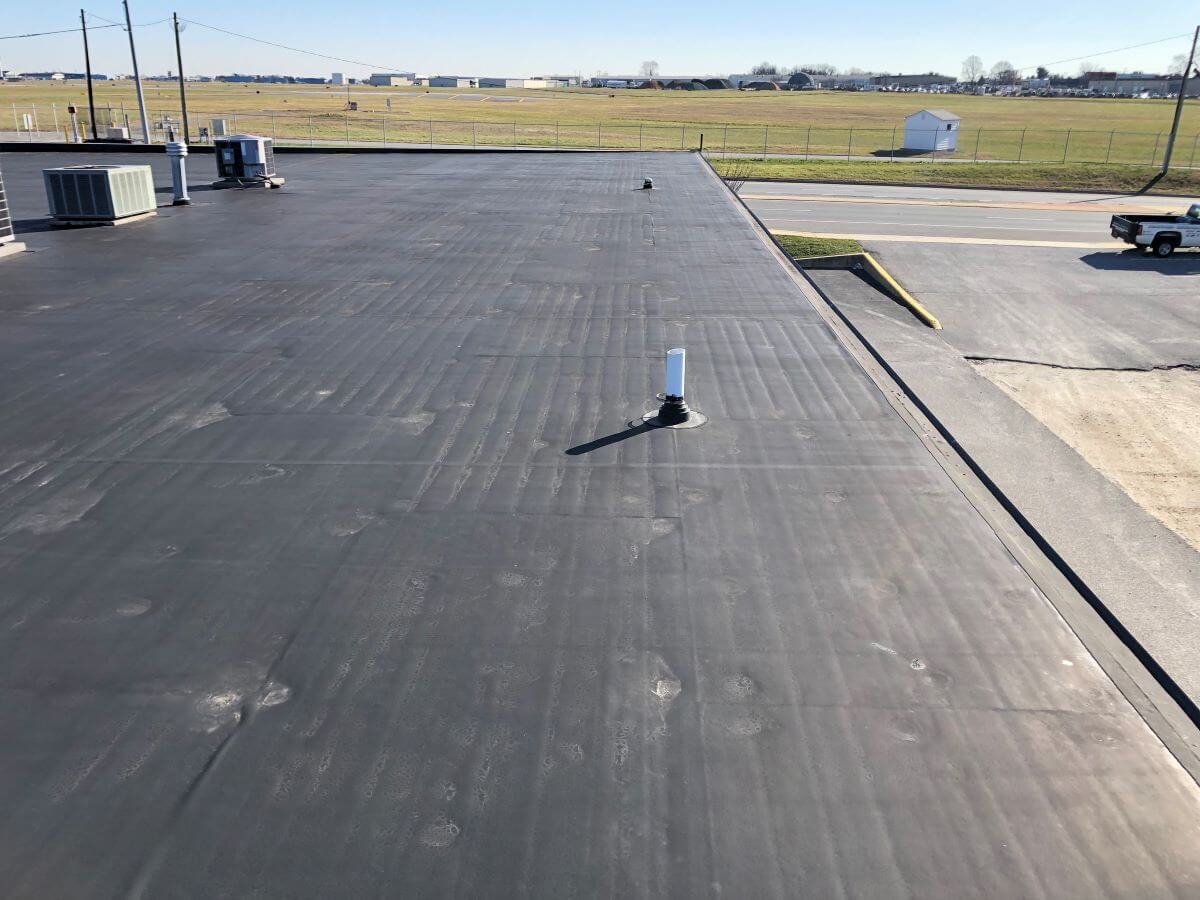
EPDM is a synthetic rubber roof that comes in rolls of varying widths. The most common is 10 feet wide. Typically EPDM is black in color. If your roof has seams every 10 feet (or greater) and it is black, chances are it is EPDM.
EPDM can also be white in appearance and difficult to distinguish from other white single-ply membranes. A roofing professional will know white EPDM by its matte finish and feel (rubbery vs. plastic).
TPO (Thermoplastic Prolyolefin)
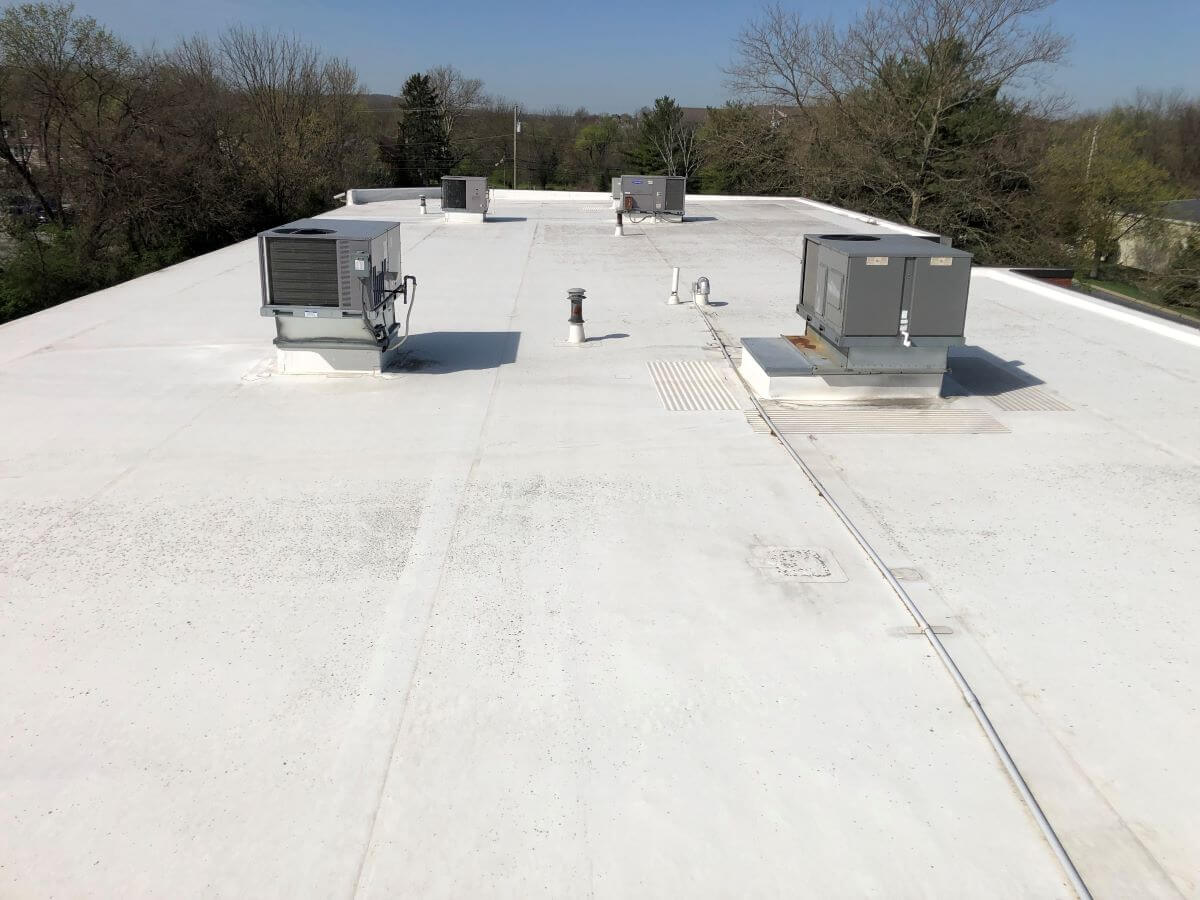
TPO is a thermoplastic roofing membrane that comes in rolls of varying width, the most common being 10 feet.
TPO is generally white in appearance and, like EPDM and PVC, can be hard to distinguish from other white single-ply membranes. A roofing professional knows a roof is TPO by its stiff, plastic feel.
Sometimes accessories like vent flashings will say “TPO”.
PVC (PolyVinyl Chloride)
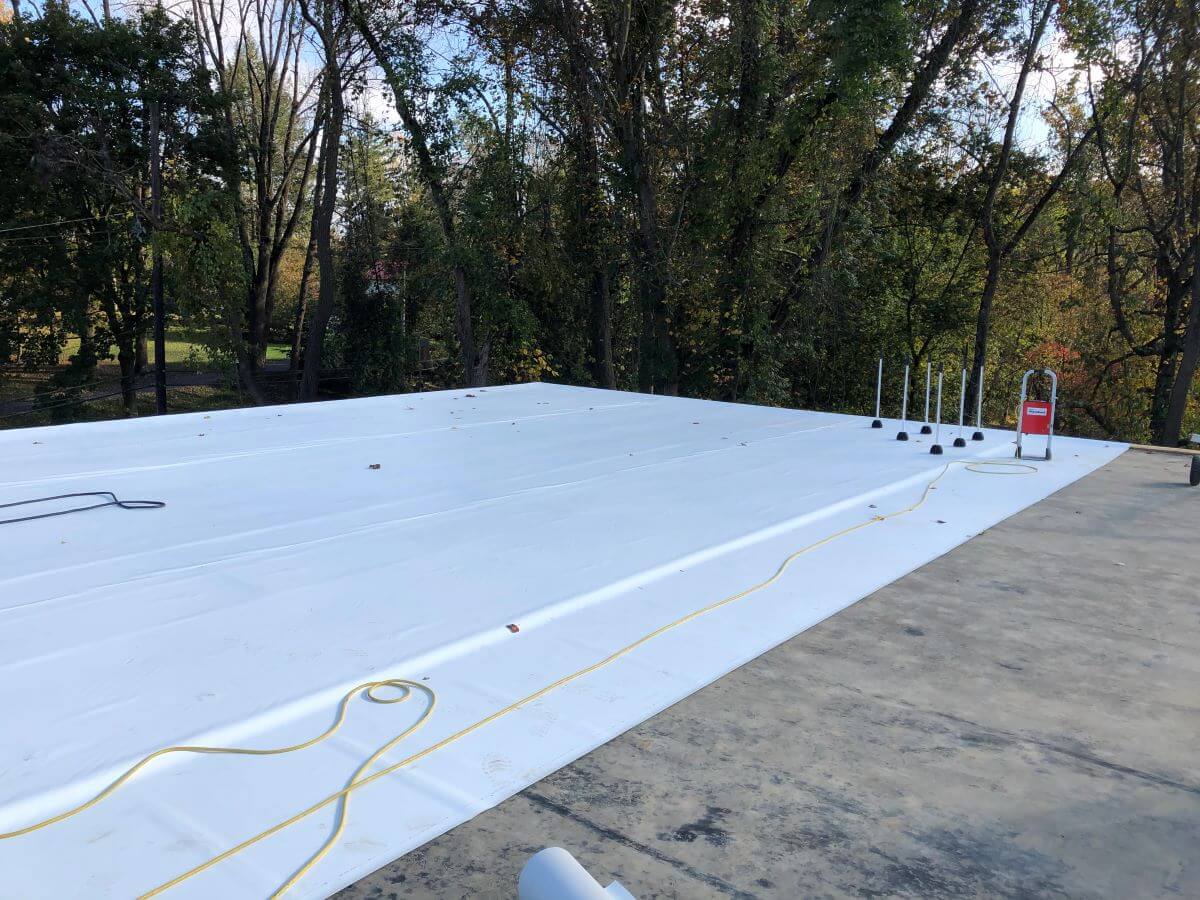
PVC is a thermoplastic roofing membrane that comes in rolls of varying width, the most common being 10 feet wide.
PVC is generally white in appearance and, like the ones we’ve already discussed, can be hard to distinguish from other white single-ply membranes. A roofing professional is able to identify a PVC roof by its glossy appearance and rubbery fabric (vs plastic) feel.
Built-up Roofing (BUR)
If the roof is black, asphaltic looking, and has no visible seams, it is probably a built-up roof.
Aluminum Coatings

Aluminum coatings (or “silver coat”) are a reflective material typically used on asphaltic roofing systems (mod-bit or built-up). They help to block the UV light so that the roof membrane lasts longer.
Aluminum coatings will be silver in color and look like metallic paint.
Acrylic Roof Coatings
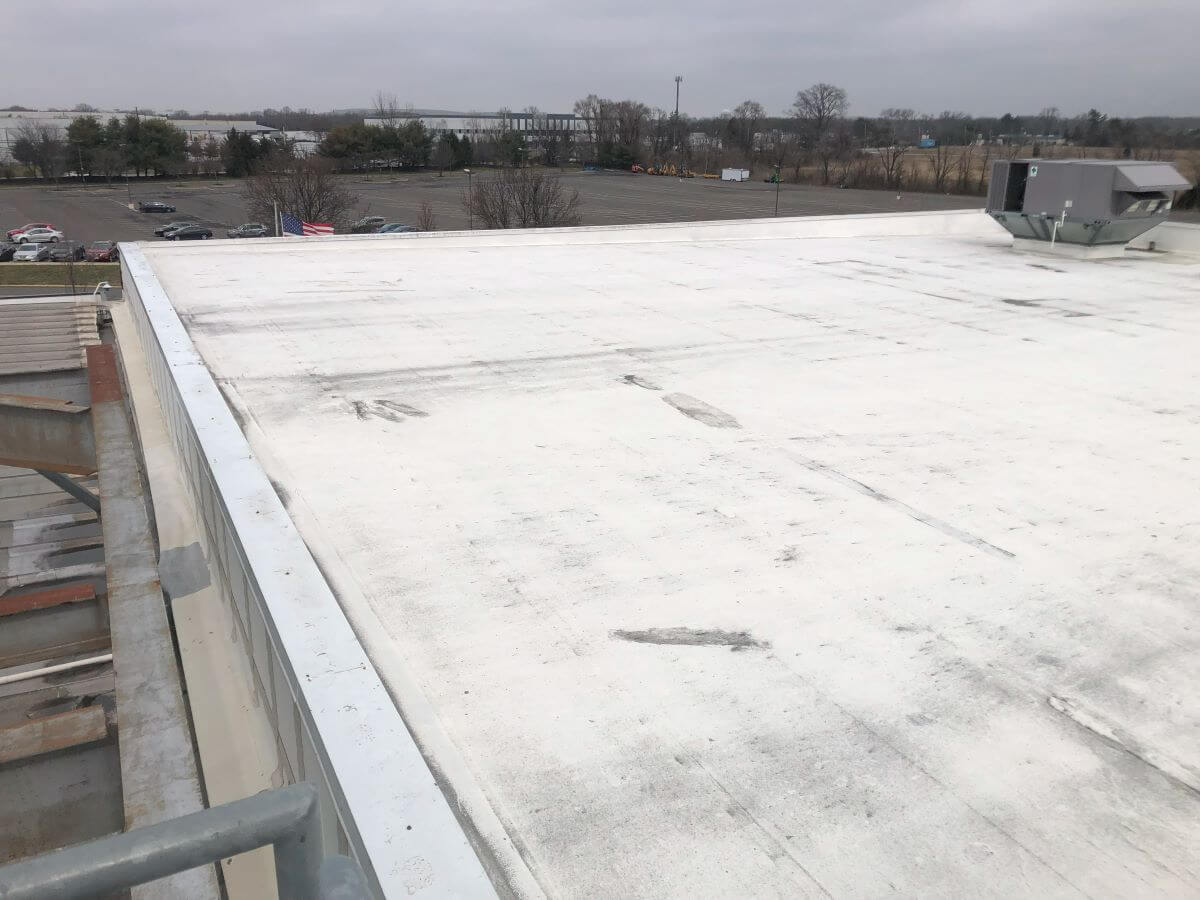
An acrylic roof coating is typically white but can come in other colors too. You can differentiate it from an aluminum because the aluminum coating has a metalic sheen whereas the acrylic coating does not.
A roofing professional identifies acrylic coatings by their matte appearance and their slight, papery profile.
Silicone Coatings
You can tell the difference between silicone and aluminum coatings by their sheen. Unlike aluminum, silicone coating will not have a metallic sheen. A roofing professional will know if the coating is silicone by its glosy appearance and smooth, slippery when wet feel.
Conclusions
It is important to know the type of membrane used on your flat roof because it will affect its performance and longevity. Different roofing membranes can be differentiated by their composition, look, and feel.
A quick summary of the unique and differentiating characteristics of each of the most popular flat roofing materials is shown below. We hope this will help you figure out which membrane might be on your roof.

If you have any questions or want us to come out and do an inspection or provide a quote, please let us know.
We’re here to help.

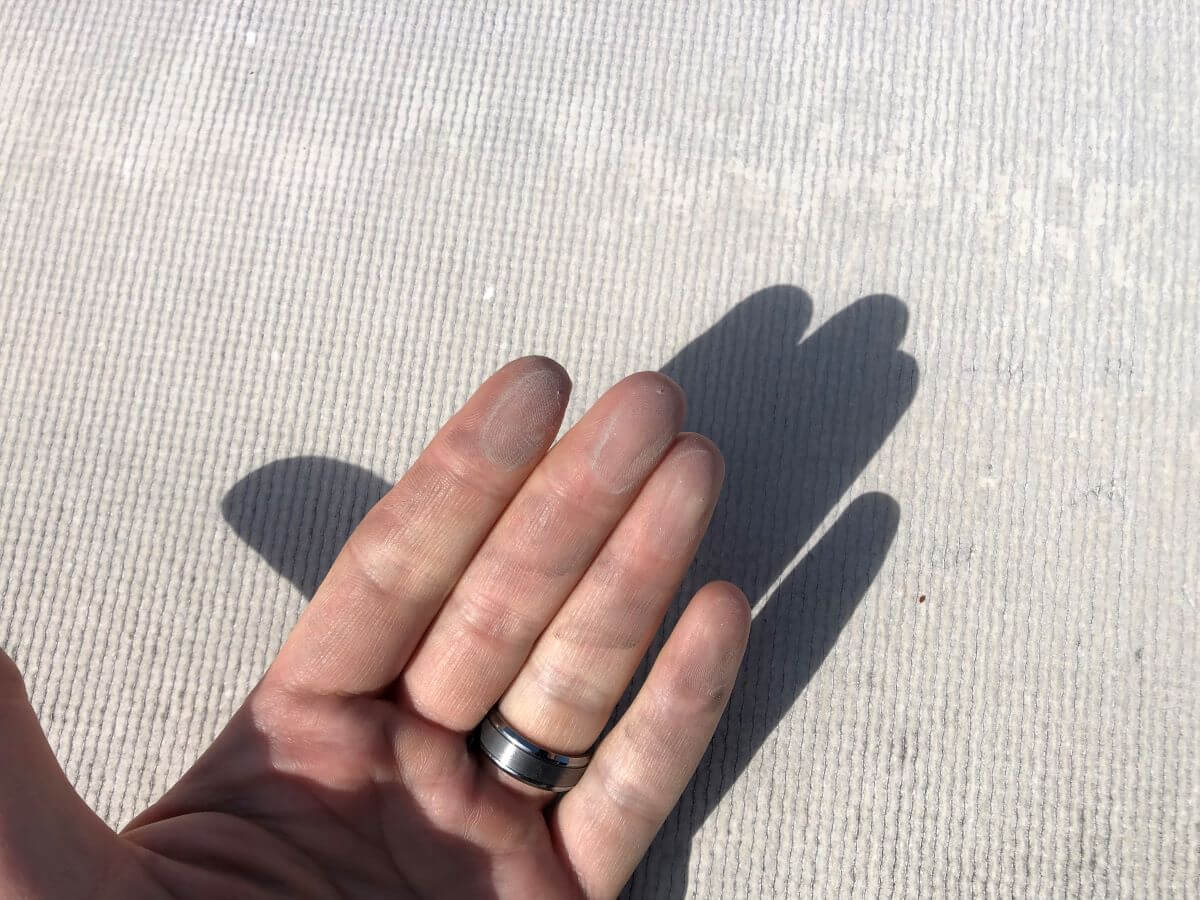
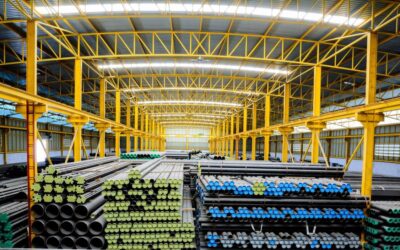






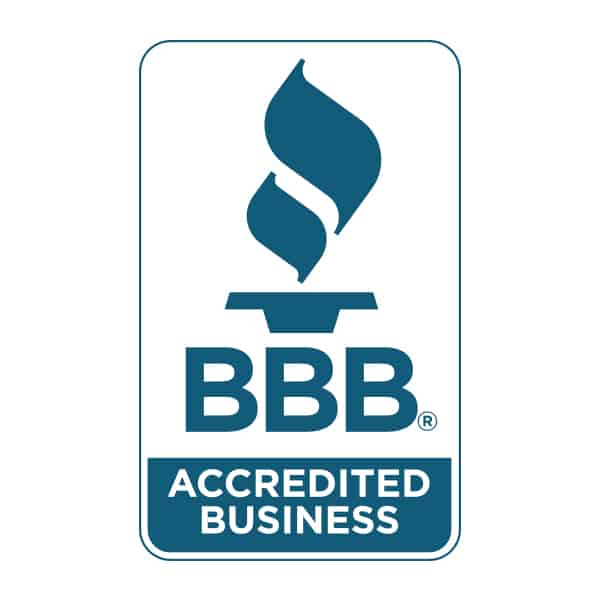

Add your first comment to this post